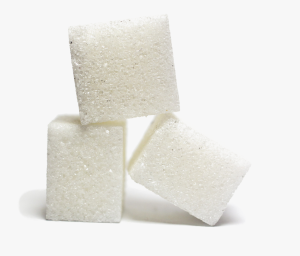

 Add to favourites
Add to favourites LO: Recognising the differences between pure substances and mixtures and identifying examples of each.
Everything is made up of something. A piece of paper looks smooth, but if you look closer at it with a microscope, you’ll see it’s made up of thousands of tiny strands. Some things are made up of many different substances like wood, glass and plastic. While other things are made up of only one substance. Things which are a mixture of substances are called mixed, while those that are made of only one substance are called Pure.
Check out the image below, to see what a piece of paper looks like under different different magnification.
So, we can break things up into pure and mixed substances.
A pure substance is something which is not combined with anything. Essentially as long as it is made from the same material it is a pure substance.


We can combine multiple pure substance to form a mixed substance.
We can find mixtures throughout every day life. They are a combination of two or more substances.



There are so many mixtures out there, and they all have different properties. To help us make sense of all these different types, scientists have categorised them according to their properties.
Different mixtures can behave in different ways and knowing what type of mixture something is can help you work out how to separate it into it’s substances.
These aren’t the answers to your problems, but this does appear when one substance dissolves evenly throughout another. You can usually see through these, like sugar or salt in water. On the next page you’ll learn more about solutions and their properties.
If your mixtures contain large particles, which float before eventually sinking they are called suspension mixtures. If it contains solids which are dispersed and undissolved in liquid they are a suspension mixture.
Snow globes are a good example of a suspension, because when you shake it, the ‘snow’ is suspended in the water for a short while, before it falls to the bottom as sediment.
This is why we often have to shake or stir a suspension mixture before using it.

Unlike suspension mixtures, colloid mixtures just won’t separate with time. Colloid mixtures need help to separate.
Think of mayonnaise. This is a mixtures which, no matter how long you leave it, will not separate. It’s not just liquids which are colloids, sometimes particles can get suspended in gas, like water in the air (Fog)
Emulsion mixtures are colloids of two or more liquids.
Usually your have a ‘base’ liquid, while the other liquids are much smaller and spread through the base liquid.
Milk has tiny fat and oil molecules which spread through the base liquid (water). Sometime, if you let these mixtures settle, tiny droplets float up (opposite to suspension). To stop this, we can add a substance called an emulsifier to the mixture, which will allow the liquids to remain mixed.

Everything we provide is free. Help us keep this resource free by donating and helping us cover our running costs. Every little bit helps!